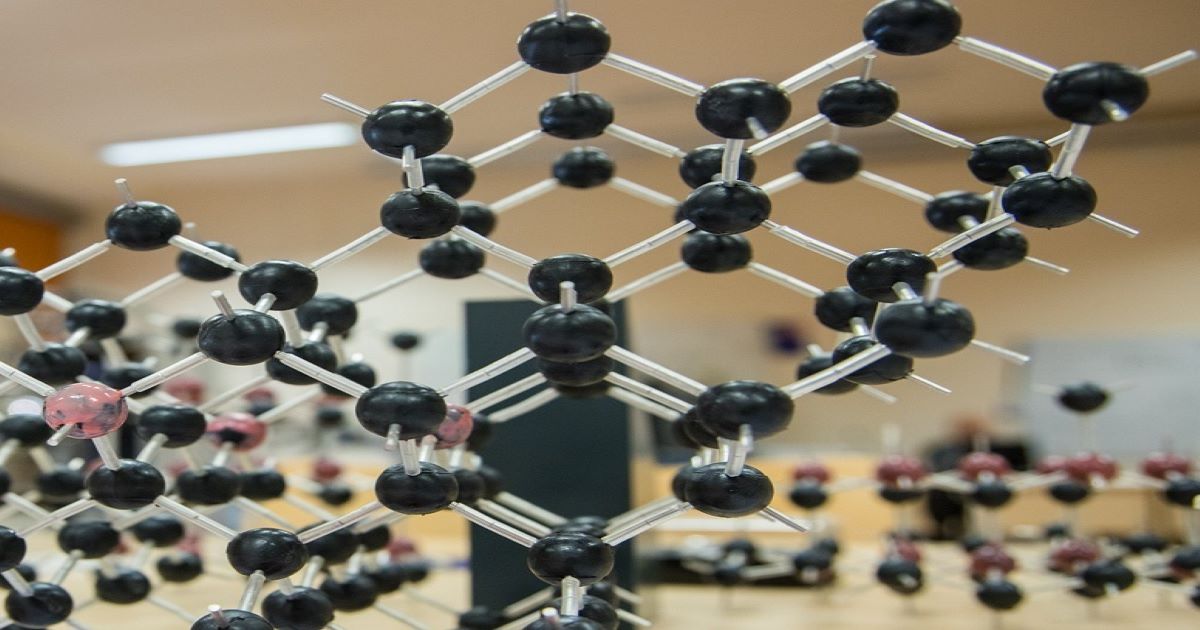- 3.2Impact Factor
- 6.4CiteScore
- 16 daysTime to First Decision
Advances in Solar Cell Materials and Structures
This special issue belongs to the section “Energy Materials“.
Special Issue Information
Dear Colleagues,
The Guest Editors are inviting submissions for a Special Issue of Materials on the subject area of “Advances in Solar Cell Materials and Structures”.
Photovoltaic devices are important renewable energy resources with the potential to solve the global energy crises. Their use could reduce the consumption of fossil fuels for producing electricity. The basic advantages of solar cells are the availability of solar radiation energy, that they have no negative impact on the environment, they are long-lasting and energy is produced at the production site.
Currently, silicon solar cells are the most popular devices for converting light energy to electricity, but thin-film solar cells comprise competitive, efficient, and cheap photovoltaic devices and are expected to replace traditional Si panels in the future.
Thin-film solar cells have many advantages compared with traditional silicon photovoltaic devices. A main advantage of thin-film solar cells is their thickness. The layers are up to 200 times thinner than the layers of traditional silicon solar cells. Thin-film solar cells have great potential to reduce both their material consumption and production costs. They are lighter in weight so they can be deposited on flexible substrates and integrated with many devices.
Therefore, we welcome review and research papers on the development of thin-film photovoltaic materials and solar cells. Suitable topics include experimental and theoretical findings related to thin-film photovoltaic materials, structures, devices, fabrication techniques and characterization.
The scope of the Special Issue includes but is not limited to:
- Thin-film solar cells
- Perovskites and Perovskite Solar Cells
- Nano-structured PV cells
- Quantum dot solar cells
- Organic PV materials and devices
- New materials for photovoltaic structures
- New concepts and device architectures for next generation solar cells
- Nanotechnology for improvement of PV devices
- New materials and contact concepts
Dr. Grzegorz Wisz
Dr. Paulina Sawicka-Chudy
Prof. Dr. Lyubomyr Nykyruy
Dr. Rostyslav Yavorskyi
Guest Editors
Manuscript Submission Information
Manuscripts should be submitted online at www.mdpi.com by registering and logging in to this website. Once you are registered, click here to go to the submission form. Manuscripts can be submitted until the deadline. All submissions that pass pre-check are peer-reviewed. Accepted papers will be published continuously in the journal (as soon as accepted) and will be listed together on the special issue website. Research articles, review articles as well as short communications are invited. For planned papers, a title and short abstract (about 250 words) can be sent to the Editorial Office for assessment.
Submitted manuscripts should not have been published previously, nor be under consideration for publication elsewhere (except conference proceedings papers). All manuscripts are thoroughly refereed through a single-blind peer-review process. A guide for authors and other relevant information for submission of manuscripts is available on the Instructions for Authors page. Materials is an international peer-reviewed open access semimonthly journal published by MDPI.
Please visit the Instructions for Authors page before submitting a manuscript. The Article Processing Charge (APC) for publication in this open access journal is 2600 CHF (Swiss Francs). Submitted papers should be well formatted and use good English. Authors may use MDPI's English editing service prior to publication or during author revisions.
Keywords
- photovoltaic
- thin-film solar cells
- device physics of solar cells
- materials structure and layers for solar cells
- PV devices
- efficiency and time stability of photovoltaic structures

Benefits of Publishing in a Special Issue
- Ease of navigation: Grouping papers by topic helps scholars navigate broad scope journals more efficiently.
- Greater discoverability: Special Issues support the reach and impact of scientific research. Articles in Special Issues are more discoverable and cited more frequently.
- Expansion of research network: Special Issues facilitate connections among authors, fostering scientific collaborations.
- External promotion: Articles in Special Issues are often promoted through the journal's social media, increasing their visibility.
- e-Book format: Special Issues with more than 10 articles can be published as dedicated e-books, ensuring wide and rapid dissemination.

